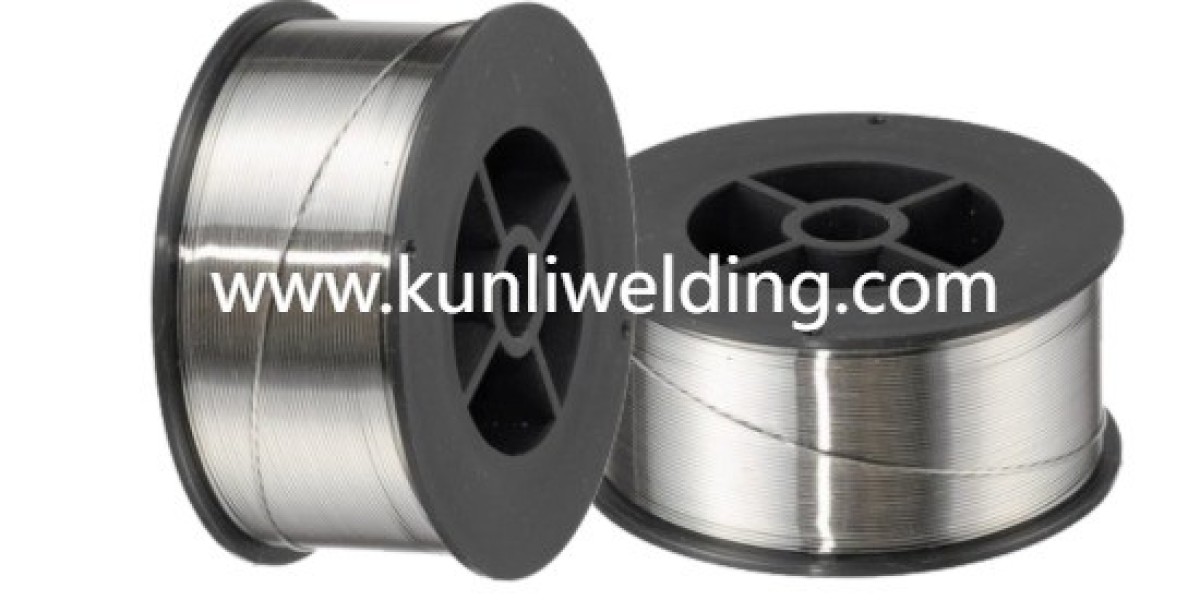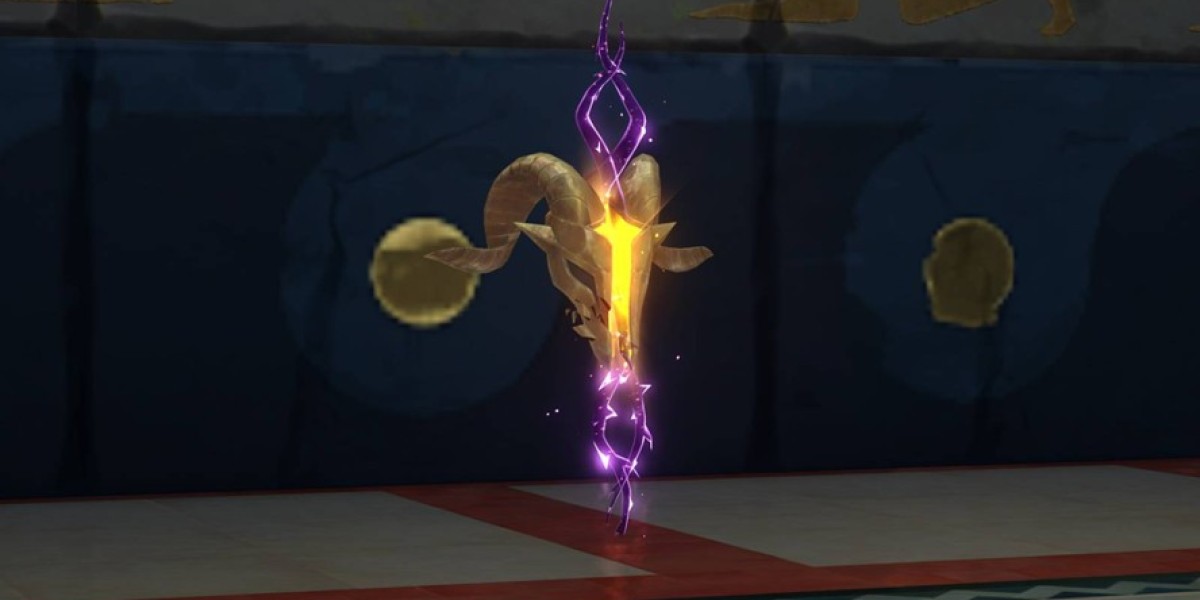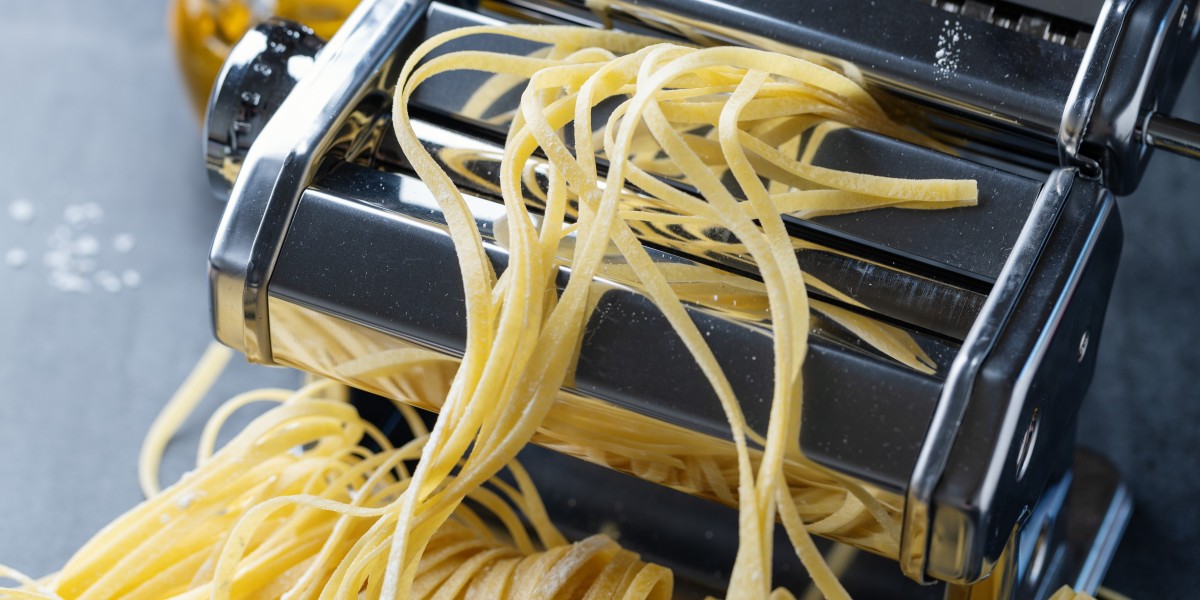As marine fabricators race to build corrosion-resistant structures, Aluminum Welding Wire ER5087 has become indispensable for joining critical components. Yet uncontrolled porosity remains a persistent threat – those microscopic gas pockets compromise watertight seals and structural integrity. Preventing these defects requires addressing contamination at every stage, from wire handling to final passes.
Moisture is ER5087's primary enemy. Humidity permeates exposed wire surfaces, releasing hydrogen bubbles during welding. Marine workshops combat this through climate-controlled storage and nitrogen-sealed packaging systems – practices Kunliwelding implements rigorously. Surface hydrocarbons pose equal danger: fingerprint oils or machining lubricants vaporize under the arc, creating crater voids. Dedicated aluminum cleaning stations with solvent baths eliminate this risk before welding begins.
Shielding gas management makes or breaks ER5087 performance. Turbulent argon flow invites atmospheric contamination, especially in windy dockyards. Increasing gas lens diameter ensures laminar coverage, while portable wind barriers create micro-environments. Regularly verifying gas purity prevents silent quality killers – impurities degrade even with flawless technique.
Joint preparation demands equal vigilance. Residual abrasives from blasting or cross-contaminated tools leave silica inclusions that trap gases. Strict segregation of aluminum-dedicated tools and two-stage chemical cleaning (alkaline then acid) creates contaminant-free zones.
Kunliwelding engineers specialize in ER5087 porosity solutions, providing detailed protocols for marine-grade aluminum welding. Their approach integrates material science with practical workshop safeguards – from manufacturing controls to application-specific troubleshooting guides. Discover comprehensive strategies for pore-free welds at the Kunli Welding knowledge base, where specialized wire meets real-world marine fabrication challenges. Consistent results demand understanding ER5087's unique behavior and implementing layered protection against invisible threats.







